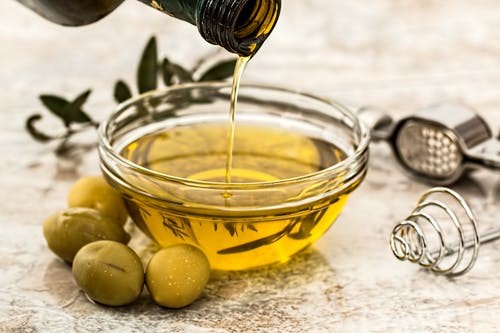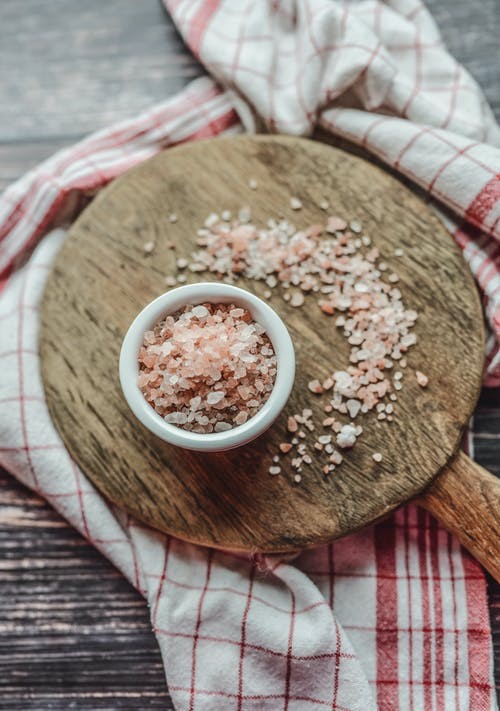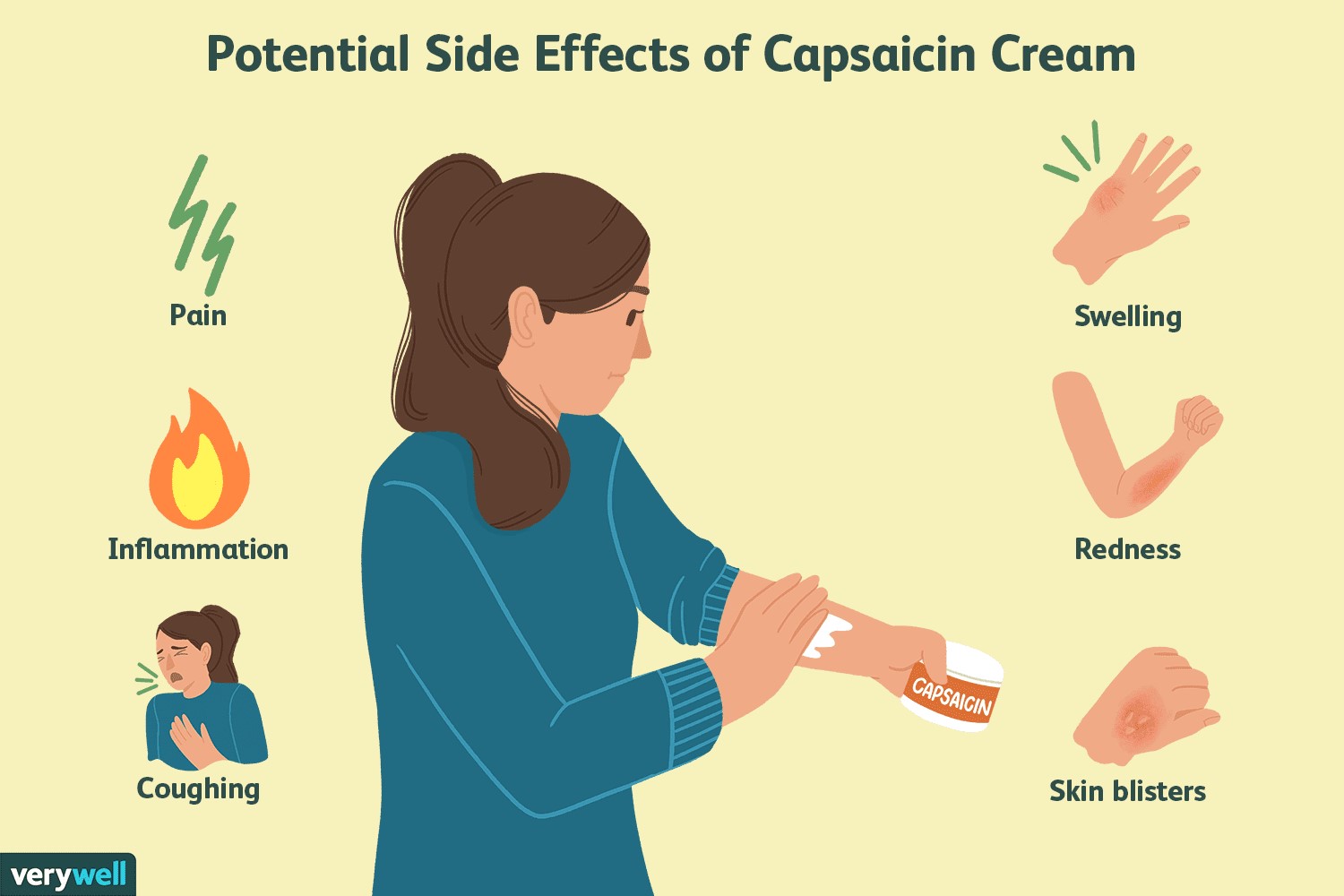Turn to nature
If you have a toothache, backache, or any other type of pain, your first impulse may be to reach for a pill. Many people rely on medications, but they come with the risk of side effects, drug interactions, and habitual use or addiction.
You may find the relief you need from a variety of natural painkillers instead.
Many herbs and spices can treat inflammation and other related conditions. These plant-based options fall under a category of treatment known as alternative medicine, which also includes acupuncture, yoga, Reiki, and other practices. When it comes to pain relief, you may be surprised by what might help you feel better.
- Turmeric and Ginger Tea
- Virgin Olive Oil
- Epsom Salt
- Dandelion Leaves
- Blackstrap Molasses
- Willow bark
- Acupuncture
- Cloves
- Heat and ice
- Lavender essential oil
- Eucalyptus essential oil
- Peppermint essential oil
- Capsaicin
- Feverfew
- Mindfulness meditation
- Yoga
More information…..

- Turmeric and Ginger Tea
- Virgin Olive Oil
- Epsom Salt
- Dandelion Leaves
- Blackstrap Molasses
- Willow bark
- Acupuncture
- Cloves
- Heat and ice
- Lavender oil
- Eucalyptus oil (Nilgiri Oil)
- Peppermint essential oil
- Capsaicin
- Feverfew
- Mindfulness meditation
- Yoga
Both ingredients used in this home remedy are anti-inflammatory, and the remedy has a powerful antioxidant that helps control aches and pains, especially when caused by arthritis. The tea also helps lower the level of enzymes that cause inflammation. By reducing inflammation, your loved one can prevent arthritis and other age-related health conditions that lead to aches and pains.

The consistency of olive oil can help lubricate your loved one’s joints, which can reduce the pain he or she feels. Approximately 1½ teaspoons of virgin olive oil is equivalent to 200 mg of ibuprofen, and the main compound in the oil helps inhibit inflammatory enzymes, similar to aspirin. Your loved one should massage painful parts of his or her body with virgin olive oil no more than twice a day. If your loved one requires assistance with tasks like these and you are not always available to help, consider hiring live-in or part-time Tucson home care providers. Our compassionate and trained caregivers can support your loved one to use home remedies successfully.

Aches and pain affect many seniors, especially those with arthritis, a condition that impacts the elderly more than any other age group. Many seniors use Epsom salt as a home remedy to stop or alleviate aches and pains. The magnesium and sulfate in Epsom salt can help your loved one’s muscles and nerves function properly, which can prevent the arteries from hardening and reduce aches and pains caused by inflammation.

Dandelion is high in vitamins A and C that repair damaged tissues and help the liver clear out toxins from the body. This home remedy also suppresses inflammation and helps regulate immune responses. When it comes to relieving aches and pains, specifically arthritis, dandelion leaves can help. Your loved one can combine the dandelion leaves with water or eat the leaves with a salad and a dash of olive oil to help alleviate pain.

This home remedy is high in a variety of valuable minerals that help combat pain and aches in seniors, and the calcium, magnesium, and potassium also help strengthen the bones. Your loved one can drink a combination of water with blackstrap molasses. Doing so helps regulate nerve and muscle function and may alleviate his or her pain.
Natural remedies have been used for centuries to relieve aches and pains commonly experienced by the elderly. For more information on natural remedies and senior health, reach out to Home Care Assistance. We provide comprehensive Alzheimer’s, Parkinson’s, and dementia care tucson, AZ, seniors and their families can trust. For more information and to schedule a free in-home consultation, call one of our friendly Care Managers at (520) 214-5440.

People have been using willow bark to ease inflammation, the cause of most aches and pains, for centuries. The bark of the white willow contains the chemical salicin, which is similar to the main ingredient in aspirin (Bayer).
Originally, people chewed the bark itself to relieve pain and fevers. Now willow bark is sold as a dried herb that you can brew like tea. It also comes as a liquid supplement or in capsule form. You can use willow bark to help relieve discomfort from headache,low back pain, osteoarthritis (OA), and many other conditions.
If you’re sensitive to aspirin, or if you’re taking any over-the-counter (OTC) anti-inflammatory drugs (like aspirin, ibuprofen, or naproxen), you should avoid willow bark. You should also avoid taking it if you’re taking warfarin (Coumadin) or other anticoagulant treatments, as salicin could increase the risk of bleeding. Talk to your doctor before taking willow bark if you’re taking other anti-inflammatory or pain medications.

This ancient Chinese medical practice seeks to relieve pain by balancing the body’s natural energy pathways. The flow of energy is known as qi (pronounced CHEE).
For this practice, acupuncturists place tiny, thin needles into your skin. The location of the insertion is related to the source of the pain. Based on the qi, a needle may be inserted far from the part of the body experiencing pain.
Acupuncture may relieve pain by causing the body to release serotonin, a “feel-good” chemical that eases pain.
A 2012 study found that acupuncture helped relieve pain associated with OA, migraines, and various locations of chronic pain.

Whole cloves are often used to spice up meat and rice dishes. Ground cloves are used in pies and many other foods. As a medicine, cloves can be found in capsule or powder form. Clove oil is also available.
Like other herbal supplements, you can use cloves to treat a wide range of conditions. Cloves may help ease nausea and treat cold. They may also help relieve the pain associated with headaches, arthritic inflammation, and toothaches . Cloves can also be used as part of a topical pain reliever
One study suggested that cloves could be used to treat fungal infections, but further research is needed.
The active ingredient in cloves is eugenol, a natural pain reliever that’s also used in some OTC pain rubs. Rubbing a tiny amount of clove oil on your gums may temporarily ease toothache pain until you can get to a dentist. But too much undiluted clove oil may actually hurt your gums, so discuss this approach with your dentist before trying it at home.
People with bleeding disorders or who are taking blood-thinning medication should be careful when consuming clove products. Clove oil can increase the risk of abnormal bleeding.

Among the most common home pain remedies is applying heat and ice directly to sites of pain. While this treatment may seem obvious, not everyone’s clear on exactly when to use ice versus heat.
Applying an ice pack to reduce swelling and inflammation shortly after you experience a strained muscle, tendon, or ligament may bring relief. Interestingly, once the inflammation has disappeared, heat may help reduce the stiffness that comes with sprains and strains.
A cold pack used briefly on the head may also help take away the pain of a headache.
If your painful problem is arthritis, moist heat applied to the affected joint will help more than ice. Moist heat packs can be warmed in the microwave and used many times, making them effective and easy to use.
If you get injured, talk with your doctor or pharmacist about how to best use heat or ice to help ease the pain.

Inhaling lavender essential oil may help relieve pain and anxiety.
Lavender essential oil may help relieve pain naturally. People use lavender oil for pain relief, to help sleep, and to ease anxiety.
A small-scale 2012 study found that inhaling lavender oil may relieve pain associated with migraine headaches compared with a placebo.
Some research also suggests that lavender oil has pain-relieving, anti-inflammatory, and antioxidant effects in animals.
The Food and Drug Administration (FDA) do not currently regulate essential oil ingredients and dosages, so use them with caution. Always talk to a doctor before using any new essential oils.
Do not ingest essential oils, as they can be toxic. If applying an oil topically, always dilute it in a carrier oil. People can choose from a range of lavender essential oils.

The final essential oil on this list of natural ways to relieve pain is eucalyptus oil. This herbal remedy from the Eucalyptus plant may help reduce pain, swelling, and inflammation in the body.
One 2013 study found that inhaling eucalyptus oil relieved pain compared with almond oil. Participants inhaled eucalyptus oil for 30 minutes per day for 3 days. They were all recovering from knee replacement surgery.
Do not use eucalyptus oil around children or pets. Eucalyptus can trigger asthma. It is important to dilute it in a carrier oil before applying topically.
Also, not diffuse eucalyptus in public. Eucalyptus essential oil is toxic if a person swallows it. Do a spot check to be sure that the skin is not going to react to eucalyptus applied topically.
People can choose from a range of eucalyptus essential oils.

Peppermint oil comes from the Mentha piperita L. plant.
Some research suggests that the peppermint plant has anti-inflammatory, antimicrobial, and pain-relieving effects. The active compounds in peppermint oil include carvacrol, menthol, and limonene.
People often use diluted peppermint essential oil as a topical treatment, meaning that they rub diluted oil into the area that feels achy or painful.
One 2015 review notes that people have traditionally used peppermint to relieve painful spasms and problems associated with arthritis.
The researchers also report that applying peppermint oil to the temples and forehead may relieve tension and headache pain.
Avoid putting peppermint oil on broken skin. It can cause allergic reactions, so do a spot test before using peppermint oil on a painful area. Do not use peppermint oil around children.
People can choose from a range of peppermint oils.

People also use capsaicin, present in chili peppers, for natural pain relief. This substance can cause a mild burning or tingling sensation when a person applies it topically.
A 2011 study notes the important role that capsaicin topical creams and patches play in pain management. Many pain-relieving products contain capsaicin.
Researchers are not yet sure why it relieves pain, but some believe that it reduces the skin’s sensitivity to pain by working on the nociceptive fibers. These are nerves that carry pain signals.
People can find a range of capsaicin creams.

Feverfew, also called featherfew or bachelor’s buttons, is a medicinal plant. Traditional uses include treating fever, migraine headaches, rheumatoid arthritis, toothaches, and stomach aches, as well as increasing breast milk.
Feverfew contains compounds that may reduce inflammation and muscle spasms. Some researchers believe that the key active compounds include sesquiterpene lactones and flavonoids.
The American Migraine Foundation states that there are mixed results about how effective feverfew is, but that it is probably helpful for preventing migraine headaches.
A 2011 research review concludes that feverfew flowers and leaves have analgesic, or pain-relieving, properties.
Feverfew can cause side effects such as abdominal pain, nausea, vomiting, and increased risk of bleeding. So, it is important to talk to a doctor before trying feverfew.

People experiencing chronic pain are increasingly turning to mindfulness meditation as a natural treatment. More research is needed, but initial studies are promising.
A 2017 systematic review and meta-analysis looked at 38 studies and eventually concluded that mindfulness meditation can improve pain symptoms, depression, and quality of life. However, the authors say that larger studies are needed to see exactly how effective it is.

Practicing yoga may help with back and neck pain.
Yoga is a physical meditation practice that may offer a way to manage pain naturally.
Managing back pain often includes stretching and physical therapy. Yoga provides this.
It incorporates breathing exercises, self-care, and relaxation methods, so practicing yoga may also relieve pain related to stress or anxiety.
A 2013 study found that yoga may improve low back pain.
The NCCIH state that yoga may help relieve low back pain and neck pain, but that there is not enough evidence that it can help for other conditions, such as headache, arthritis, or fibromyalgia.
#Be careful when managing pain
The natural painkillers described above may only be effective for specific causes of pain. It’s possible that not all of the suggestions on this list will work for you. However, these natural alternatives to prescription or OTC medications may at least give you some decent options to try before you turn to pharmacological solutions.
Remember, pain is the body’s signal that something is wrong. It may be temporary, as with a strained muscle. But pain can also mean you have a serious health problem that needs professional medical evaluation. Don’t hesitate to seek out a healthcare provider to diagnose the source of your pain, and discuss some natural options for treating it.
#When to see a doctor
Natural pain relievers may not be as effective for all types of pain. They may not offer relief when pain is more severe. When this is the case, a person can add them to other pain management approaches to enhance the effect.
Anyone with severe pain, including pain related to an existing health condition, should speak to their doctor. They can advise how best to manage this.
Also, if a person starts experiencing pain and does not know the cause, they should see their doctor. They will diagnose and treat the condition that is causing the pain.
#Benefits of natural methods
While many people use pain relief medication such as acetaminophen or ibuprofen with no problems, people who experience side effects can try using natural pain relievers. These include herbal remedies and traditional practices such as yoga and acupuncture.
One 2016 review links long-term acetaminophen use to an increased risk of heart attacks, bleeding in the digestive system, and impaired kidney function.
Meanwhile, some research suggests that long-term use of nonsteroidal anti-inflammatory drugs such as ibuprofen increases the risk of stomach ulcers, kidney failure, and stroke.
Some traditional remedies, such as yoga, mindfulness, and acupuncture, can also benefit a person’s mental health.
Herbal remedies could provide other health benefits alongside pain-relieving effects, such as having antioxidant effects to help keep the body healthy.
#Outlook
When a person takes traditional pain relief medication as prescribed, with guidance from a doctor, it is a safe and effective way to manage pain.
Natural pain relievers, however, offer an alternative for people who want to avoid the long-term side effects of pain relief medication.
People can use essential oils by adding a few drops to a tissue or a steam bath and inhaling the vapor. People can also add the herbs and spices listed above to food. However, if a person is unable to do that, they can instead take them as supplements.
Mindfulness is easy to try at home. Many people may also be able to try yoga at home, for which there are many introductory videos available online.
To try acupuncture, it is best to visit a professional, certified practitioner.
Not every natural pain reliever will work for everyone. Some people may find that a natural option that works well for them in the long-term. Others may not be able to manage pain naturally and may prefer traditional medication.

